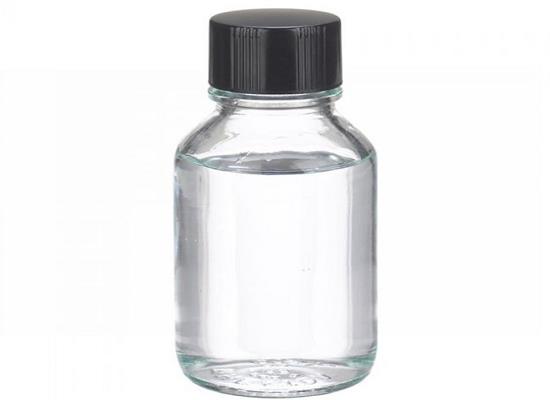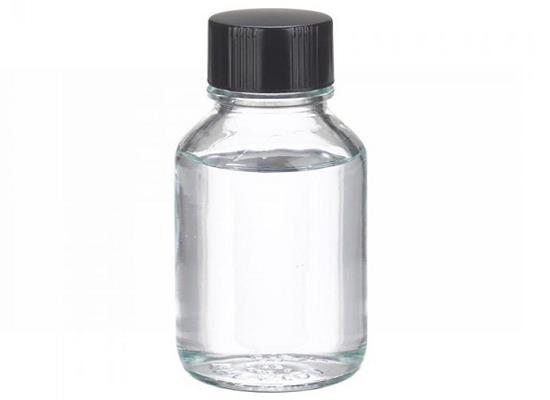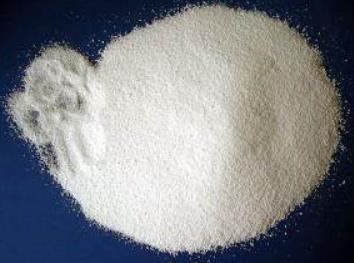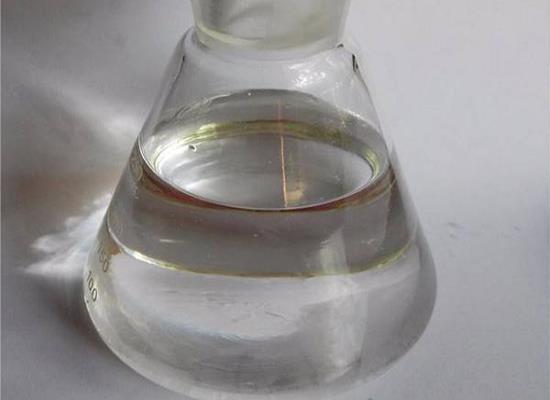Tetrahydro-4H-pyran-4-one: properties and applications
General Description
Tetrahydro-4H-pyran-4-one is a versatile colorless liquid used as an intermediate in organic chemistry. It possesses a unique pyran ring structure and is soluble in organic solvents but not water. It is stable but can degrade under certain conditions. It has a fruity odor and exhibits reactivity towards nucleophiles and electrophiles, making it useful for functionalization and synthesis of organic compounds. Tetrahydro-4H-pyran-4-one has potential biological activities, including antimicrobial and insecticidal properties. In organic synthesis, it is a valuable building block for the construction of various oxacycles. Additionally, THP and a known compound derived from it have shown anti-influenza virus activity, indicating their potential as candidates for antiviral drug development. Further research is needed to understand their mechanisms of action and evaluate their efficacy and safety. Overall, THP plays a crucial role in organic synthesis and has potential applications in multiple fields.
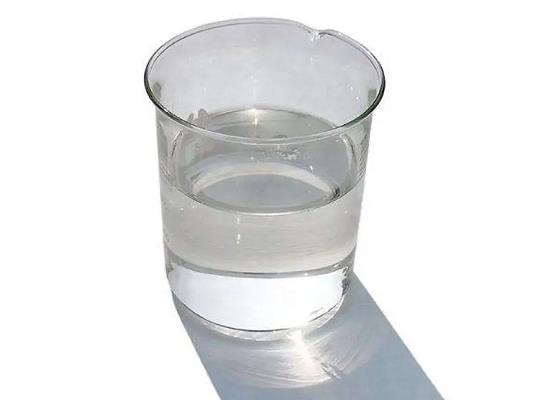
Figure 1. Tetrahydro-4H-pyran-4-one
Properties
Tetrahydro-4H-pyran-4-one is a colorless liquid commonly used as an intermediate in organic chemistry. It contains a six-membered oxygen-containing heterocycle called pyran, and is soluble in many organic solvents but not water. THP-4-one is a versatile building block due to its unique properties, including its reactivity towards nucleophiles and electrophiles, which allows for functionalization and synthesis of various organic compounds. Notably, the oxygen atom in the pyran ring acts as a nucleophile, readily participating in reactions such as acylation, alkylation, and condensation reactions. THP-4-one is stable under normal conditions, but can degrade when exposed to heat, light, or oxidizing agents. It possesses a characteristic fruity odor, similar to that of peach or apricot. THP-4-one may have potential biological activity, with reported antimicrobial, antifungal, and insecticidal properties. Overall, THP-4-one is an important building block in organic synthesis and has potential applications in fields such as medicinal chemistry, materials science, and chemical biology. 1
Applications
Organic synthesis
Tetrahydro-4H-pyran-4-one is usde in the synthesis of various compounds using an atom-economic approach. A ruthenium-catalyzed coupling reaction between pent-2-yne-1,5-diols and Michael acceptors, resulting in the formation of β-hydroxyenones with high yields and regioselectivity. These β-hydroxyenones can then undergo a 6-endo trig cyclization under acid-catalyzed conditions, leading to the formation of tetrahydro-4H-pyran-4-ones with high diastereoselectivity. Furthermore, an intramolecular aldol condensation under mild basic conditions and a palladium-catalyzed oxidative aromatization are developed. These reactions allow for the synthesis of hexahydro-6H-isochromen-6-ones and isochromanols, respectively, starting from highly substituted tetrahydro-4H-pyran-4-ones. Both of these transformations exhibit excellent yield and diastereoselectivity. The study demonstrates the synthetic potential of using tetrahydro-4H-pyran-4-one as a key intermediate in the construction of oxacycles such as tetrahydro-4H-pyran-4-ones, hexahydro-6H-isochromen-6-ones, and isochromanols. Overall, the research highlights the versatility and importance of tetrahydro-4H-pyran-4-one as a building block in organic synthesis and its potential for the development of novel compounds with valuable properties. 2
Anti-influenza virus
Tetrahydro-4H-pyran-4-one is a compound that exhibits anti-influenza virus activity. It was identified in Strobilanthes cusia, along with another known compound. It has a unique structure with a tetrahydro-4H-pyran-4-one moiety fused isocoumarin core skeleton. The chemical structures of THP and the known compound were determined using advanced analytical techniques such as 2D NMR spectroscopy, mass spectrometry, and single-crystal X-ray diffraction analysis. These methods confirmed the presence and arrangement of atoms in the compounds, providing insights into their properties and potential activities. The biosynthetic pathway of THP is proposed to originate from 3-methylisocoumarin, which is a product of the AA-MA pathway. This suggests that Tetrahydro-4H-pyran-4-one is synthesized through a series of enzymatic reactions involving the modification of precursor molecules. In vitro studies have shown that both Tetrahydro-4H-pyran-4-one and the known compound exhibit anti-influenza virus activity. This indicates their potential as candidates for developing new antiviral drugs or treatments against influenza. Further research is needed to elucidate the mechanisms by which these compounds exert their antiviral effects and to evaluate their effectiveness and safety in vivo. These findings contribute to the discovery and understanding of natural compounds with antiviral properties, providing a basis for developing novel therapeutic strategies against influenza. 3
Reference
1. PubChem. COMPOUND SUMMARY: Tetrahydro-4H-pyran-4-one. National Library of Medicine, 2005, CID:121599.
2. Bera N, Samanta S, Sarkar D. Stereoselective Synthesis of Oxacycles via Ruthenium-Catalyzed Atom-Economic Coupling of Propargyl Alcohols and Michael Acceptors. J Org Chem, 2021, 86(23):16369-16395.
3. Gu W, Wang W, Li XN, Zhang Y, Wang LP, Yuan CM, Huang LJ, Hao XJ. A novel isocoumarin with anti-influenza virus activity from Strobilanthes cusia. Fitoterapia, 2015, 107:60-62.
Related articles And Qustion
See also
Lastest Price from Tetrahydro-4H-pyran-4-one manufacturers

US $0.00/KG2025-04-21
- CAS:
- 29943-42-8
- Min. Order:
- 1KG
- Purity:
- 99%min
- Supply Ability:
- 30tons/month
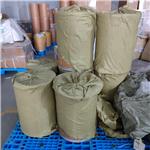
US $0.00/KG2025-04-21
- CAS:
- 29943-42-8
- Min. Order:
- 1KG
- Purity:
- 99%
- Supply Ability:
- 10 mt

